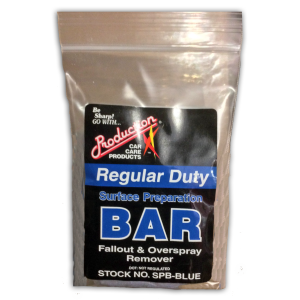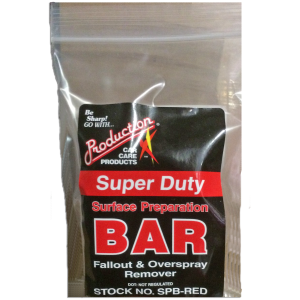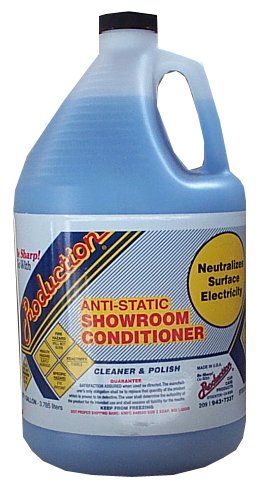Introduction
When it comes to achieving a flawless paint finish on your vehicle, using clay bars is an essential step. Clay bars are designed to remove surface contaminants, such as dirt, tar, and industrial fallout, that can’t be removed through regular washing. However, it’s important to understand that clay bars require lubrication in order to work effectively. In this article, we will explore the importance of lubricant when claying paint and how it can make all the difference in achieving a smooth and glossy finish.
The Purpose of Lubricant in Claying Paint
What is the purpose of lubricant?
Lubricant is an essential component when claying paint as it serves multiple purposes. Firstly, it provides a slippery barrier between the clay bar and the paint surface, which helps to prevent scratching or marring the paint during the claying process. Secondly, lubricant helps to soften and dissolve the contaminants, allowing them to be safely lifted away from the paint without causing any damage. Without lubrication, claying can lead to swirl marks and scratches, defeating the purpose of using a clay bar in the first place.
How does lubricant work with a clay bar?
Lubricant creates a thin film over the paint surface, allowing the clay bar to glide smoothly without any friction. This helps the clay bar pick up and trap contaminants without them being pushed back into the paint. The lubricant also acts as a mild cleaning agent, ensuring that the paint surface is thoroughly cleaned while claying. By working hand-in-hand with the clay bar, lubricant enables the contaminants to be safely and effectively removed, leaving behind a perfectly smooth surface.
Choosing the Right Lubricant
What type of lubricant should you use?
When it comes to choosing a lubricant for claying, it’s important to use a product specifically designed for this purpose. Some common options include clay bar lubricants, quick detailers, and dedicated car wash soaps. These products are formulated to provide sufficient lubrication while avoiding any adverse effects on the paint. It’s crucial to read the instructions and choose a lubricant that is compatible with both the clay bar and the paint surface. Production Car Care Products has created a product called Anti-Static Showroom Conditioner that we recommend as a clay lubricant when claying your vehicles paint.
How much lubricant should you use?
Applying the right amount of lubricant is key to a successful claying process. You want to achieve a generous, yet controlled application. Too little lubricant can result in increased friction and potential damage to the paint, while too much can make the clay bar less effective. A good rule of thumb is to spray enough lubricant to create a thin, even layer on the surface you are working on. This will ensure proper lubrication, allowing the clay bar to do its job effectively.
The Benefits of Using Lubricant When Claying Paint
Enhanced Paint Protection
By providing a slippery barrier, lubricant minimizes the risk of scratching or marring the paint surface during the claying process. This means that you can safely remove contaminants without compromising the integrity of your vehicle’s paintwork. Using lubricant when claying paint is a crucial step in maintaining and protecting your vehicle’s finish.
Improved Claying Efficiency
Lubricant ensures that the clay bar glides smoothly over the paint surface, effectively picking up contaminants and preventing them from being pushed back into the paint. This allows you to achieve a more efficient claying process, saving you time and effort. The use of lubricant also ensures that the clay bar can easily glide over intricate areas and contours, leaving no section of the paint untouched.
Superior Finish
By using lubricant when claying paint, you are not only removing surface contaminants but also restoring the smoothness and glossiness of your vehicle’s paintwork. The absence of scratches, swirl marks, and other imperfections will result in a noticeably superior finish. Lubricant acts as the key ingredient in achieving that showroom-worthy look.
Conclusion
When it comes to claying paint, the use of lubricant is essential for achieving a flawless finish without damaging the paint surface. By providing a protective barrier and allowing the clay bar to glide smoothly, lubricant ensures efficient and effective removal of contaminants. Don’t underestimate the importance of lubricant in the claying process if you want to achieve a smooth and glossy finish that will make your vehicle stand out.




